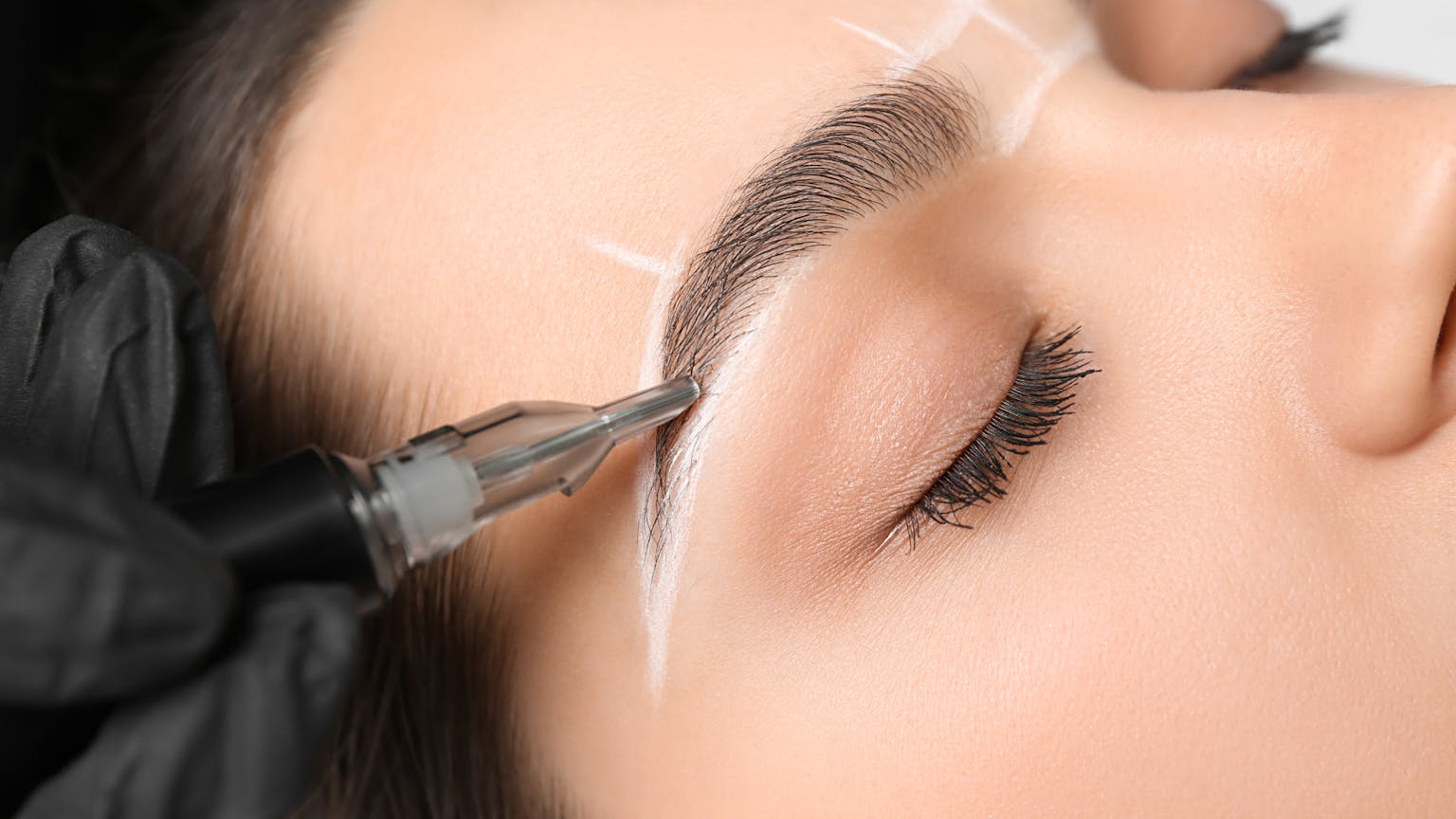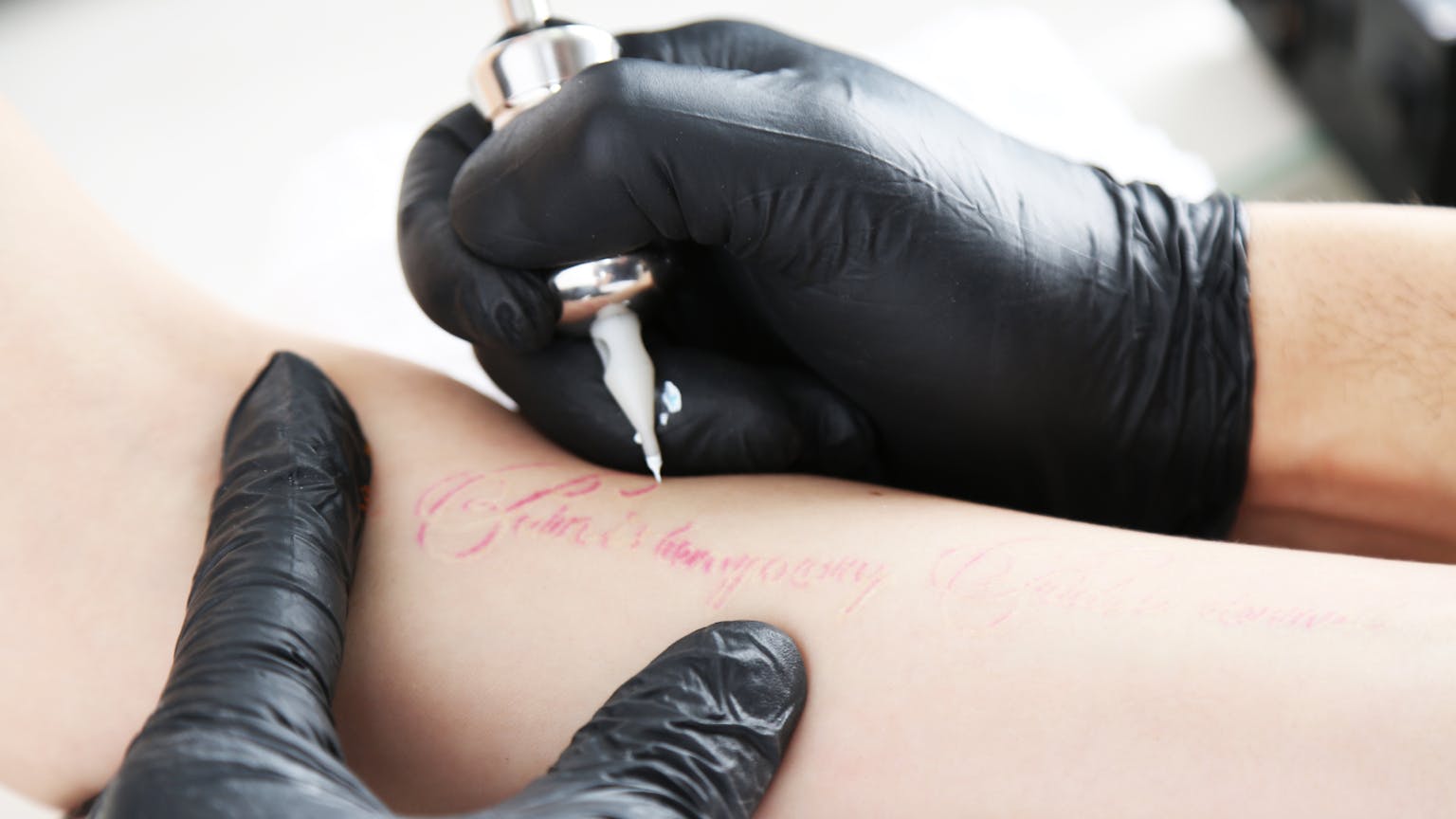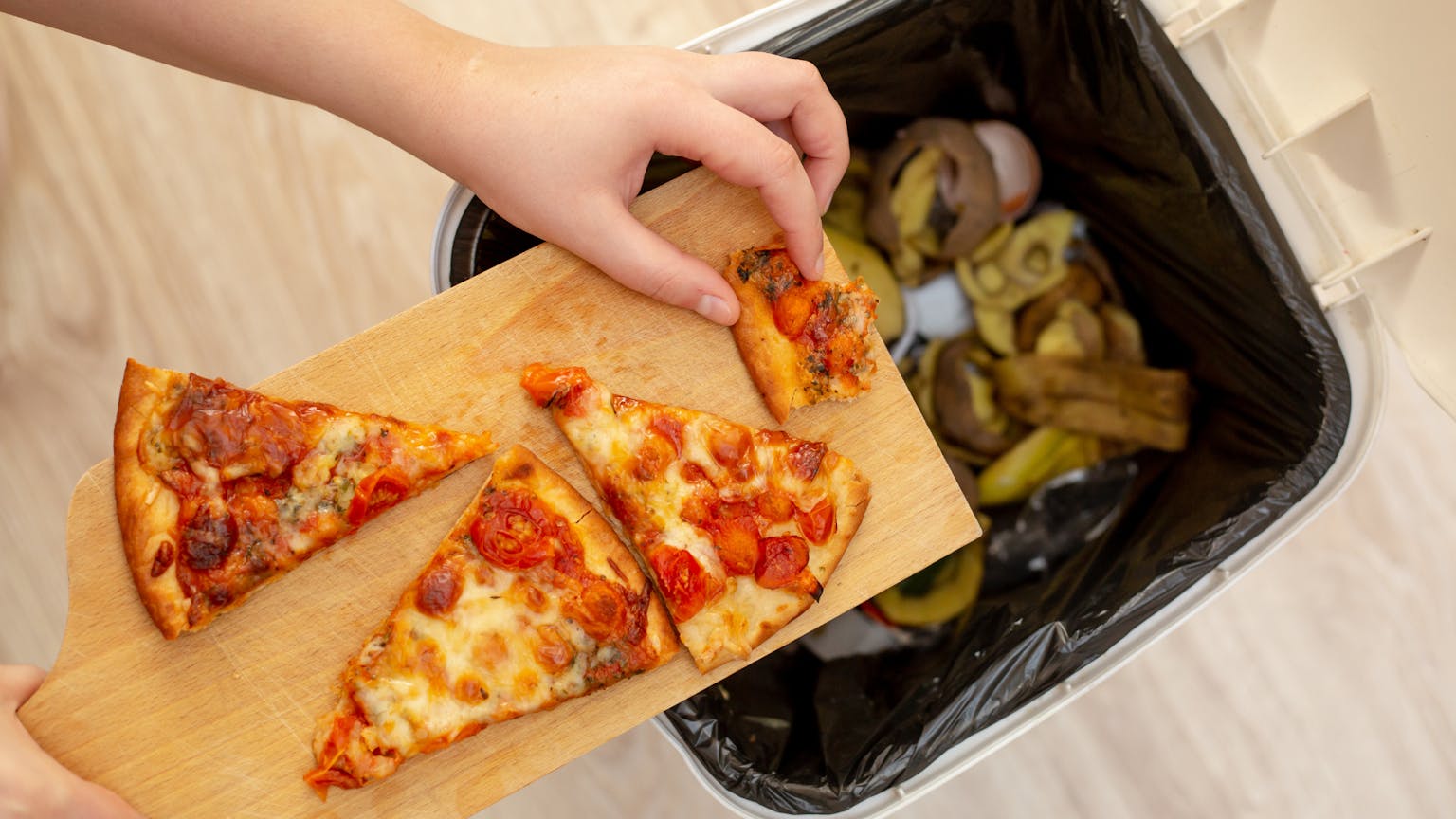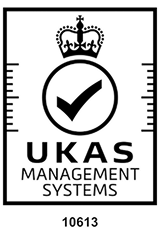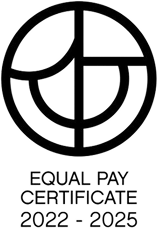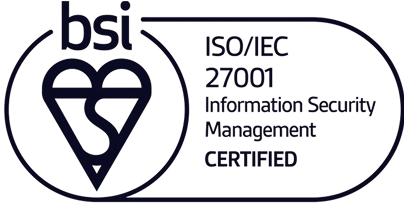Icelanders reuse 20 kg per year
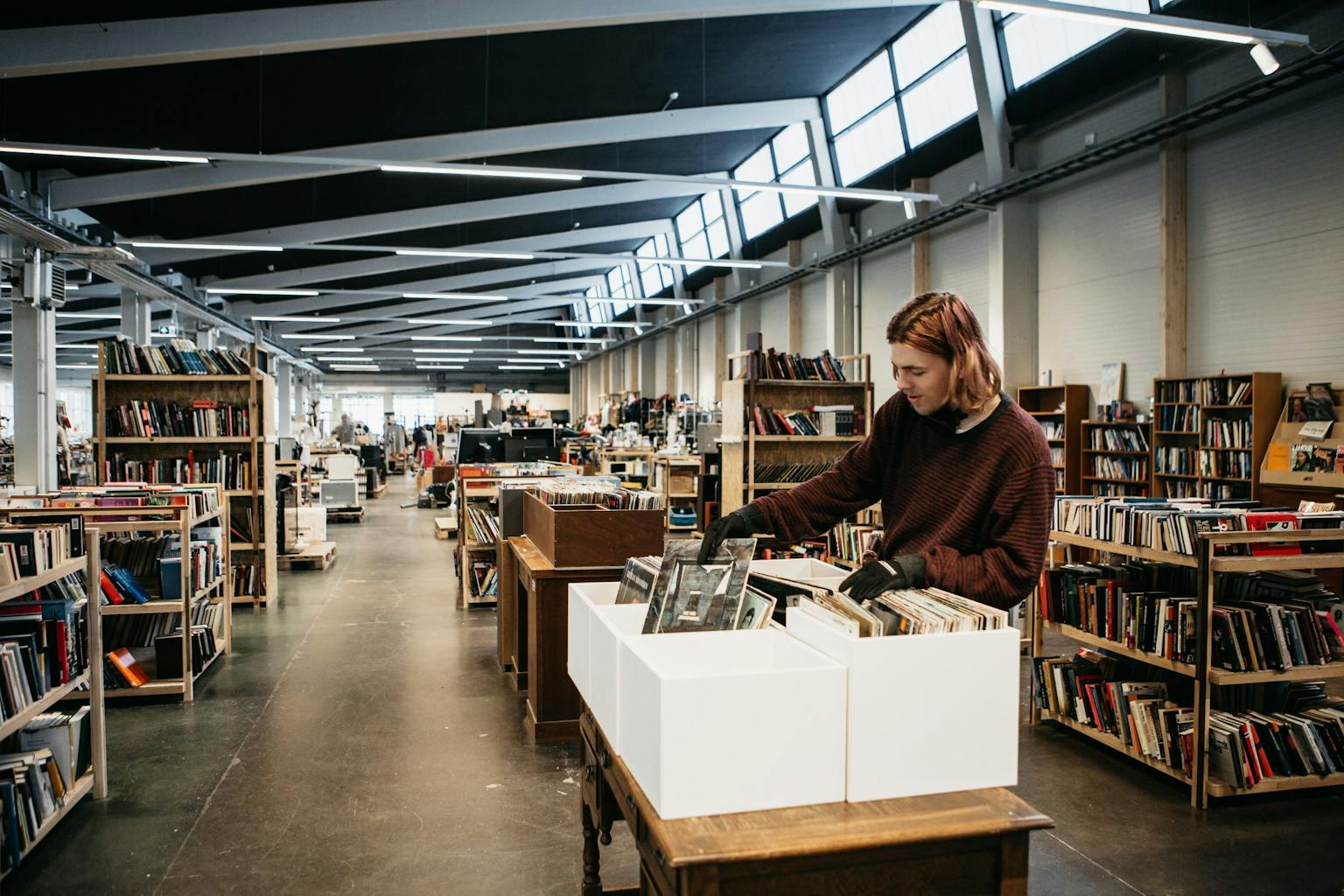
Icelanders are very fond of used products, but until now it has not been known how much is reused every year. A new study shows that recycling in Iceland was 19.93 kg/inhabitant in 2023.
With the ever-increasing activity of flea markets, social media and the increased environmental awareness of the public in Iceland, the reuse market has gained a foothold. Reuse contributes to a richer circular economy in Iceland. Reuse is a more environmentally friendly and usually more economical option than buying new products.
The Environment Agency published a report at the end of 2024 with the results of mapping reuse in Iceland in 2023. This is the first time that reuse has been measured in Iceland on this scale.
View the report (only in icelandic)
What is reuse?
The concept of reuse is defined in the Waste Management Act no. 55/2003 as: 'any operation where products or components, which are not waste, are used for the same purpose for which they were originally intended.'
An example of reuse is when used products are sold in online sales, marketplaces on social media, thrift markets or given as donations between people.
Reuse is part of waste prevention.
Reuse usually without intermediaries
When measuring and calculating reuse, pan-European methodology was used. Reuse was measured for the product categories:
- Furniture
- Textile
- Electronics
- Building material
- Other
Data from known data sources were used in combination with the percentage of non-intermediate reuse. To calculate that percentage, a survey was sent out to the public regarding reuse in their homes.
The results of the questionnaire gave a picture of the percentage of intermediary-free reuse for each product category. This percentage was over 60% for all product categories.

Results for the proportion of non-intermediate reuse from a public survey
Clothes less than 3%
Total recycling in Iceland was 19.93 kg/person in 2023. Furniture was the largest part of recycling (40%), followed by building materials (29%), electrical and electronic devices (14%), textiles (3%) and other (14% ), by weight.

Breakdown of reuse into product categories
Looking further down by product category, clothing accounted for the largest share of textile reuse. A large market has developed in Iceland for the resale of clothes, and used clothes are also often given away. Most of the reuse of construction materials was wood.
Growing market
The fact that Icelanders reuse about 20 kg/inhabitant of products per year shows that there is a culture of reuse here. The majority of reuse takes place through intermediary-free channels free of charge. Reuse keeps products in the circular economy longer.
During data collection, it became clear that the turnover of flea markets has been increasing in recent years.
Based on this escalation, it can be assumed that the reuse market in Iceland will only strengthen in the near future.
